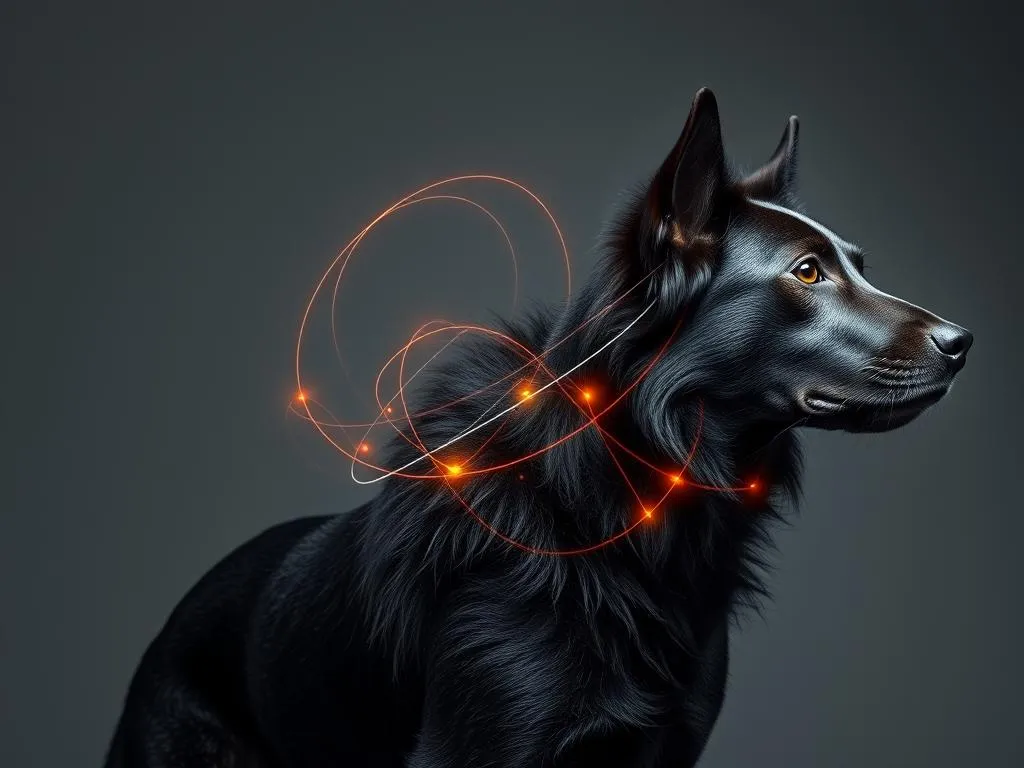
Introduction
When it comes to dog health care, understanding the various aspects of a dog’s well-being is crucial for every responsible dog owner. Health care encompasses everything from nutrition and exercise to preventive medicine and reproductive health. Among these, reproductive health is a significant aspect that often requires special attention, especially for female dogs.
The purpose of this article is to inform dog owners about the proestrus and estrus cycles in dogs. Grasping these cycles is essential not only for those who wish to breed their dogs but also for anyone interested in understanding their pet’s health better. By familiarizing yourself with these cycles, you can ensure that your dog receives the appropriate care during these crucial times.
This article is targeted at dog owners, breeders, veterinarians, and animal care professionals who seek a deeper understanding of canine reproductive health.
Understanding the Dog Reproductive System
Basic Anatomy of the Female Dog Reproductive System
To comprehend the proestrus and estrus cycles, it’s essential first to understand the basic anatomy of the female dog’s reproductive system. The key reproductive organs include:
- Ovaries: These produce eggs and hormones such as estrogen and progesterone.
- Fallopian Tubes: These transport eggs from the ovaries to the uterus.
- Uterus: A muscular organ where fertilized eggs implant and develop.
- Vagina: The canal leading from the uterus to the outside of the body.
Hormonal influences play a pivotal role in regulating the reproductive cycle. Estrogen prepares the body for mating, while progesterone supports pregnancy if fertilization occurs.
Key Terminology
Understanding some key terms is vital in the context of dog health:
- Proestrus: The initial stage of the estrous cycle, marked by physiological changes preparing the dog for mating.
- Estrus: The stage when the female is receptive to mating, also known as being “in heat.”
- Diestrus: The phase following estrus, where the body prepares for possible pregnancy.
- Anestrus: The resting phase between cycles when the reproductive system is inactive.
Grasping these terms is essential for monitoring your dog’s health effectively.
The Estrous Cycle in Dogs
Overview of the Estrous Cycle
The estrous cycle in dogs is a complex process that typically lasts about six months, though this can vary by breed and individual dog. The cycle consists of four stages:
- Proestrus
- Estrus
- Diestrus
- Anestrus
Each stage has distinct characteristics, durations, and biological functions, contributing to the overall reproductive health of the dog.
Factors Influencing the Estrous Cycle
Several factors can influence the timing and characteristics of the estrous cycle:
- Age: Younger dogs may have irregular cycles, while older dogs may experience changes in cycle length.
- Breed: Smaller breeds often cycle more frequently than larger breeds.
- Health Status: Underlying health issues can disrupt normal cycling.
- Environmental Factors: Changes in light and temperature can affect hormonal balances, influencing cycle timing.
Understanding these factors can help dog owners manage their pet’s reproductive health more effectively.
The Proestrus Stage
Definition and Duration
Proestrus is the first stage of the estrous cycle and typically lasts about 7 to 10 days. During this phase, the female dog’s body undergoes several changes in preparation for mating.
Physical and Behavioral Signs
During proestrus, you may observe various physical and behavioral changes:
- Physical Changes: The vulva becomes swollen, and a bloody discharge may be present.
- Behavioral Changes: Dogs may display increased affection, restlessness, and a desire for attention. Some dogs may become more vocal or exhibit signs of anxiety.
Importance of the Proestrus Stage
The proestrus stage is crucial for fertility. Understanding this phase allows dog owners to monitor their pets for health issues and prepare for the subsequent estrus phase. Regular health checks during this stage can help identify any potential concerns early on.
The Estrus Stage
Definition and Duration
Estrus, often referred to as “heat,” is the second stage of the estrous cycle. This stage typically lasts about 5 to 14 days, during which the female is receptive to mating.
Physical and Behavioral Signs
Identifying signs of estrus is essential for breeding:
- Heat Signs: The vulva continues to swell, and the discharge may change to a lighter color and consistency.
- Behavioral Changes: The female may display flirtatious behaviors, such as flagging (lifting her tail) and seeking out male dogs. She may also become more affectionate or restless.
Implications for Breeding
The estrus stage is the optimal time for mating. Understanding the timing of this phase is crucial for breeders to ensure successful breeding and healthy litters. Additionally, health considerations should be taken into account, as mating can lead to complications if either the male or female dog has underlying health issues.
The Diestrus Stage
Definition and Duration
Following estrus, the diestrus stage occurs, lasting approximately 60 to 90 days. This phase is characterized by the body’s response to the hormonal changes post-mating.
Physical and Behavioral Signs
During diestrus, the female dog may exhibit:
- Physical Changes: The vulva will return to its normal size, and any discharge will cease.
- Behavioral Changes: There may be a decrease in affectionate behaviors, and the dog may appear more lethargic.
Health Considerations
Monitoring your dog during diestrus is essential, as potential health issues can arise. Conditions like false pregnancies and infections can occur, necessitating regular veterinary check-ups to ensure your dog remains healthy.
The Anestrus Stage
Definition and Duration
The anestrus stage is the final phase of the estrous cycle, lasting anywhere from 2 to 6 months. During this time, the reproductive system rests and prepares for the next cycle.
Importance of Recovery
This stage is crucial for recovery, allowing the body to replenish its energy and hormonal levels in preparation for the next cycle. A healthy anestrus phase can significantly impact the overall reproductive health of the dog.
Health Monitoring
Even during anestrus, health monitoring is essential. Be on the lookout for signs of potential health concerns, such as changes in appetite or behavior, which could indicate underlying issues requiring veterinary attention.
Common Health Issues Related to the Estrous Cycle
Reproductive Health Concerns
Several health issues can arise in relation to the estrous cycle:
- Pyometra: A serious infection of the uterus that can occur after estrus. Symptoms include lethargy, increased thirst, and unusual discharge.
- Hormonal Imbalances: Fluctuations in hormones can lead to various health issues, including irregular cycles and behavioral changes.
Behavioral Changes and Training Challenges
Managing behavioral issues during heat cycles can also be challenging:
- Increased Energy: Dogs may exhibit heightened energy levels, leading to more frequent need for exercise.
- Training Challenges: Some dogs may become difficult to train or manage during their heat cycles, necessitating adjustments in training strategies.
Care Tips During Proestrus and Estrus
Health Monitoring
Regular veterinary check-ups are essential during the proestrus and estrus stages. Watch for any unusual signs, such as excessive bleeding or changes in behavior, which could indicate health concerns.
Hygiene Practices
Maintaining hygiene is crucial during these stages:
- Managing Discharge: Consider using doggy diapers or pads to manage discharge and keep your home clean.
- Bathing: Regular bathing can help manage any odors and maintain cleanliness.
Behavior Management
To handle increased energy and behavioral changes during proestrus and estrus:
- Exercise: Increase physical activity to help burn off excess energy.
- Distraction Techniques: Engage your dog in puzzle toys or training exercises to keep her mentally stimulated.
Conclusion
Understanding the proestrus and estrus cycles is crucial for every dog owner. These cycles play a significant role in reproductive health and overall well-being. By being proactive in monitoring your dog’s health and behavior, you can ensure a happier, healthier life for your furry companion.
Regular veterinary care, combined with a good understanding of your dog’s reproductive cycles, can greatly enhance your dog’s overall health management. Always consult with your veterinarian for personalized advice and care tailored to your dog’s specific needs.









